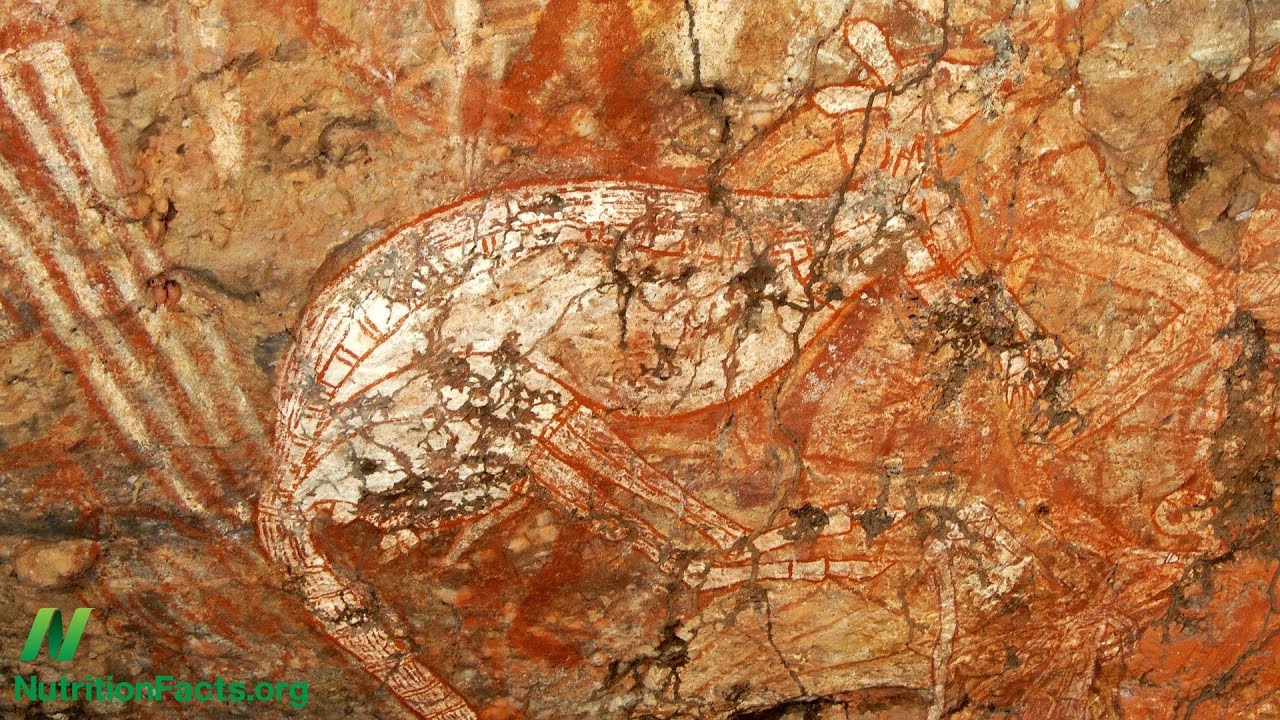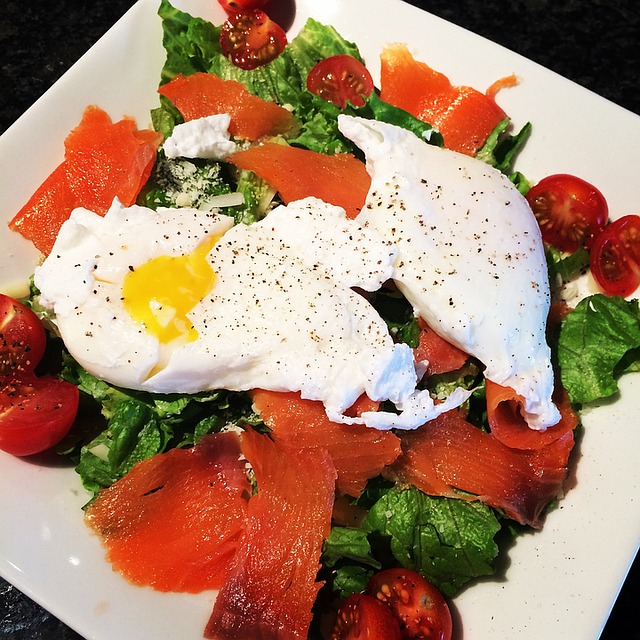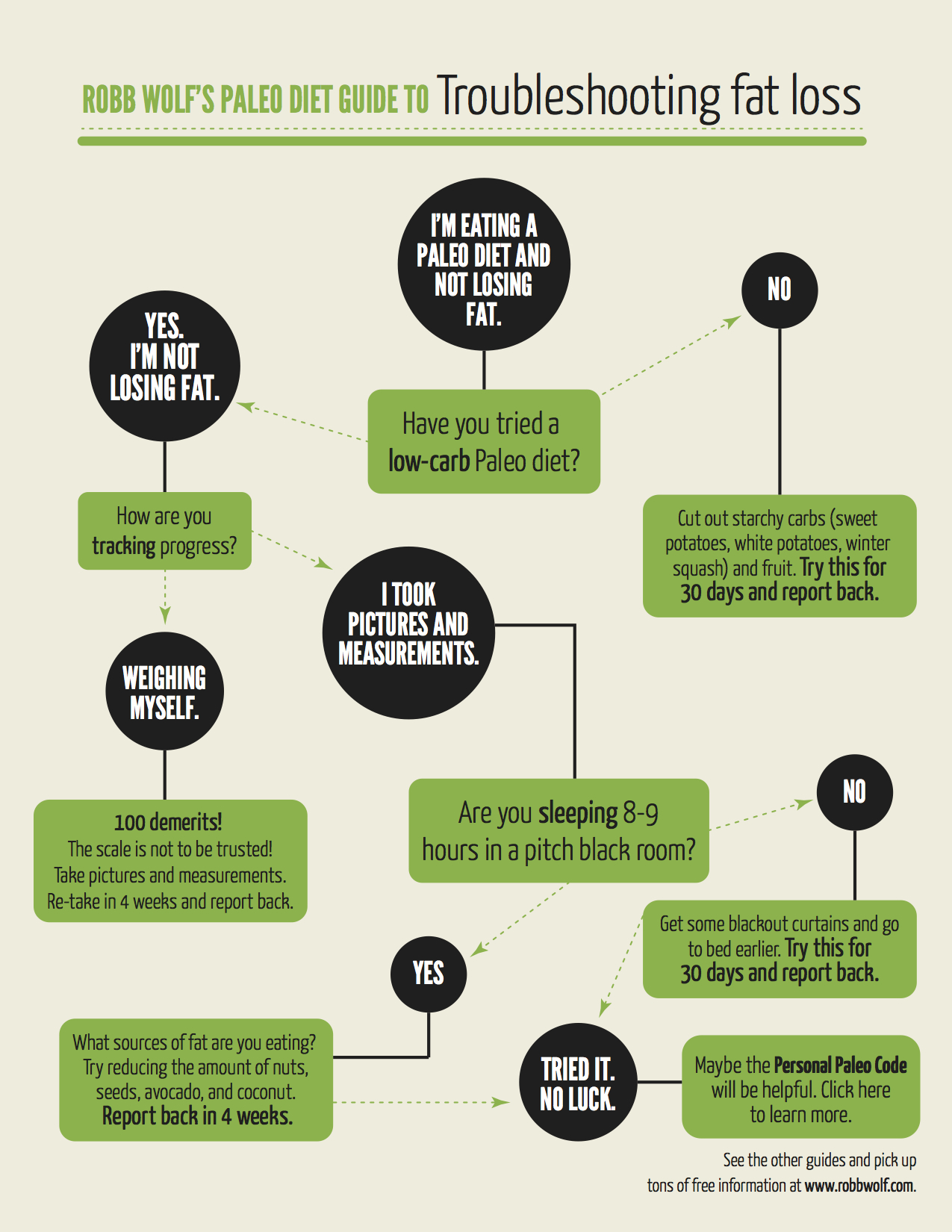
Paleo diet is not believed to prevent heart disease. Although the benefits of the Paleo diet are well-known, some studies have shown a connection between it and an increased risk of developing cardiovascular disease. The diet's effects on arterial distensibility (or insulin resistance), plasma insulin levels during oral glucose tolerance tests, total cholesterol, LDL and triglycerides, as well circulatory metabolism, were studied by researchers.
Increased risk of getting heart disease
A new study found that Paleo significantly raises levels of a blood indicator linked to heart disease. Trimethylamine noxide is a naturally-occurring organic compound that is found in the gut. A study of 44 Paleo diet participants and 47 who followed a traditional Australian diet found that people on the Paleo diet had higher levels of TMAO. This increased TMAO level is associated with an increased risk of heart disease.
Four Australian researchers discovered that Paleo participants had elevated levels a compound linked with heart disease. Trimethylamine Noxide (produced in the gut by bacteria) is linked to the development heart disease. Paleo diets have been shown to be more beneficial than those that eat carbohydrate-rich diets. But further studies are needed to confirm this.
Increased risk of inflammation
Paleo is associated with heart disease. Paleo eaters have higher levels of interlukin-10 which is a signaling molecules released by immune cells. Research suggests that a lower level of interlukin-10 can indicate a greater risk for heart disease. High levels of interlukin-10 may counteract inflammation and protect blood vessels, but more research needs to be done to confirm the relationship.

Paleo is a diet which omits grains, legumes and vegetable oils. This is a good base for many heart-healthy diets but it's high in fat. It contains both saturated and trans fats, and it is often expensive. Because it is high in meat and dairy products, some people cannot afford the Paleo diet. Paleo may not be affordable for those on lower incomes due to the high cost of these meats.
Increased risk of kidney disease
Although the Paleo diet is very popular with health-conscious people, there are still some issues. The diet emphasizes meat because it is high cholesterol. Moreover, the Paleo diet discourages the consumption of refined sugars, which are loaded with empty calories. These sugars are also linked to obesity, diabetes, and heart disease. The Paleo diet does not include legumes and encourages meat consumption.
In addition to increasing fiber intake, the Paleo diet also reduces the waistline. The diet's high fiber content helps lower cholesterol levels. Avoid eating egg yolks, which are a common source of phosphorus. High-quality protein and egg whites are better choices for renal health. Drinking plenty of water also helps decrease protein levels in urine. There is still a risk of developing renal disease.
Women are at greater risk for heart disease
Paleo is a popular diet for many reasons. It has many heart-healthy benefits and is based on the Mediterranean and Nordic diets. Due to its high animal fat allowance, it contains high amounts of saturated and transfats. A high intake of beef is associated with a higher risk of developing heart disease. Paleo is not right for everyone and can be costly for those with low income.
Studies show that saturated fats and cholesterol are not associated with an increased chance of heart disease in Paleo-eating women. While Paleo does allow for some elimination of junk food, it does not eliminate saturated fat. Recent research on the nutritional links between heart disease and saturated fat found that there was not enough evidence to link saturated oil to heart disease. Although a paleo diet is less varied than the traditional diet, it still has plenty of vegetables.
Gut bacteria: Effects

A new study shows that Paleo diets are associated with lower rates of obesity and risk of developing heart disease. In the study, researchers compared TMAO levels of Paleo-followers and non-paleo followers. The results revealed that eating a high-protein diet promoted the growth good bacteria and decreased the number harmful microbes. A high-protein diet may increase your risk of developing chronic diseases, decrease your gut health, or cause micronutrient deficiencies.
The research also showed a strong link between TMAO levels, diet, and a person’s dietary habits. The findings indicated that a higher intake of animal-based protein, such as meat and fish, increased the production of TMAO in the blood. The participants had blood levels of TMAO nearly twice as high in this study than the controls. Researchers also found that vegans had lower TMAO than paleo dietters. The researchers found that participants had significantly lower TMAO levels when they took carnitine.
FAQ
Who is the best path to a career in chef work? How can I get started in my career as an chef?
An apprenticeship is a good way to start your career as a chef. Apprenticeships offer the chance to work for several year without any tuition fees. After completing your apprenticeship, you can apply for a position as a sous chef. Sous chefs assist cooks with tasks such as making salads, and desserts. They oversee all aspects of the restaurant's operation.
Where can you find free online cooking courses?
Many websites offer free cooking classes. You can search YouTube for videos that teach you how to prepare different meals. Some sites offer thousands of recipe options. While you may have to pay a monthly charge, these websites allow you to try out the recipes for 30 days for no cost.
What is the best way to store leftovers?
Tupperware containers are great for storing leftovers. These containers keep foods fresh and prevent odors from forming. They also keep foods warm longer. You can freeze leftover food in freezer bags. When freezing food, place the bag inside another freezer bag so that air doesn't escape. After the food is frozen, place it in a sealed container like a ziplock bag.
How can I learn how to cook like a professional chef?
Cooking can help you become a better person. Learning to cook healthy food for yourself and others is a great way to increase self-confidence and develop new skills. Begin cooking at your own home if you are looking to improve your culinary skills. First, find out which recipes appeal to you. You can then read books about other cuisines like Mexican, Chinese and Italian. Finally, make sure you practice different recipes until you feel confident.
Do I need to buy any ingredients to cook?
You don’t always need to buy the ingredients. Premade sauces can be found in most grocery stores. However, if you want to save money, then buying pre-made meals can be helpful.
What should a beginning cook learn first?
For beginners, it is best to begin with something simple like pasta, rice or soup. For those who want to learn how cook, a recipe book is a good option. It's much more fun to cook with someone you know. Cooking together is fun with family members or friends.
Are there any requirements to become a chef?
No. No. Many chefs began their careers learning by themselves. Some went to culinary school simply to gain experience. Many chefs prefer to attend culinary school for the increased opportunities to learn and grow as professionals. Culinary schools allow students to learn hands-on skills, and this helps them improve their cooking knowledge.
Statistics
- The median pay for a chef or head cook is $53,380 per year or $25.66/hour, according to the U.S. Bureau of Labor Statistics (BLS). (learnhowtobecome.org)
- On average, chefs earn $58,740 a year, according to the BLS. - learnhowtobecome.org
- In the United States, the category is estimated at $23.2 billion annually and is growing faster than the market. (washingtonpost.com)
External Links
How To
How to cook a steak
The thickness and cooking method of any kind of meat will affect the way it is cooked. Thicker steaks, for example, are better cooked at low heat while thicker steaks require higher temperatures.
You should also ensure you don't overcook them because they'll lose flavor. Remember to take your steak out of the oven when it's done. You won't burn.
Cooking times vary depending on the size and degree of doneness desired. Here are some general guidelines:
Medium Rare: Cook to medium rare. This means that the internal temperature should reach 145degF (63degC). This process takes between 3 - 5 minutes per side.
Medium: Cook till medium. This usually takes only 6 minutes per side.
You are done when the internal temperatures reach 180°F (82°C). This usually requires 8 to 12 minutes per side.